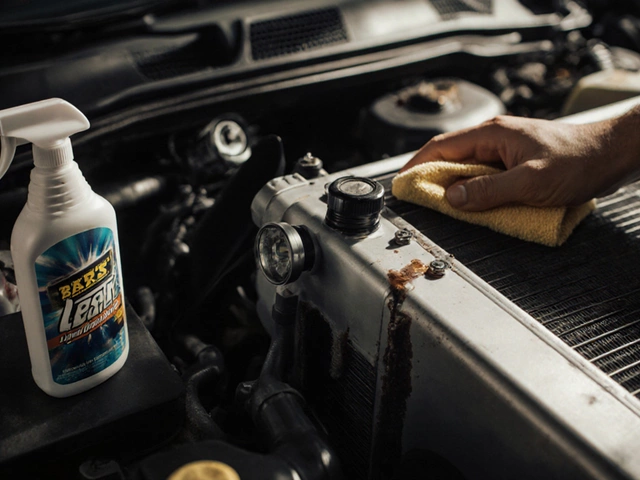Oil Filter Replacement Guide: When, Why, and How
When working with oil filter replacement, the process of swapping out the engine's oil filter to keep the lubrication system clean and efficient. Also known as oil filter change, it is a key part of keeping your engine healthy.
Oil filter replacement encompasses the removal of the old filter and installation of a new one, but it doesn’t happen in isolation. It engine oil, the fluid that lubricates moving parts and carries heat away from the engine works hand‑in‑hand with the filter; low‑quality oil can overwhelm even the best filter. vehicle maintenance, the routine checks and services that prevent breakdowns and extend a car's life always includes a regular oil filter change—most experts recommend doing it every 5,000 to 7,500 km or with each oil change. Different oil filter types, paper, synthetic, or metal‑mesh designs that vary in flow rate and capacity affect how often you need to replace them. Finally, the right automotive tools, like an oil filter wrench or torque‑adjustable ratchet, make the job faster and safer, ensuring you don’t damage the filter housing.
Why replace your oil filter?
Skipping an oil filter change is like wearing the same pair of socks for weeks—eventually, they’ll smell and wear out. A clogged filter restricts oil flow, leading to higher engine temperatures and increased wear on bearings and pistons. You’ll notice symptoms like a ticking engine, reduced fuel efficiency, or a warning light on the dashboard. Replacing the filter also captures contaminants that could otherwise scratch cylinder walls. In short, a fresh filter protects engine components and helps maintain performance.
Most car owners wonder how often to change the filter. The rule of thumb: match it to your oil change schedule, unless you drive in dusty conditions, tow heavy loads, or run frequent short trips. In those cases, a filter change every 3,000 km can save you from premature engine wear. The cost is modest—usually $5‑$15 for the filter plus a few dollars for oil if you’re doing a full oil change.
Ready to do it yourself? Here’s a quick rundown: 1) Warm up the engine for a minute so the oil circulates; 2) Locate the filter—most are near the oil pan; 3) Use an oil filter wrench to loosen and remove the old filter; 4) Smear a thin layer of fresh oil on the new filter’s rubber seal; 5) Screw it on hand‑tight, then give a quarter turn more; 6) Drain and replace the oil if you’re doing a full change; 7) Check for leaks, then start the engine and let it run a minute. This simple sequence requires a basic set of tools and a bit of patience, and it can save you a shop visit.
Now that you know why oil filter replacement matters, what tools you need, and how often to do it, you’re set to keep your engine running smooth. Below you’ll find a curated list of articles that dive deeper into suspension tips, exhaust upgrades, brake diagnostics, and more—each designed to give you practical, step‑by‑step advice for common car maintenance tasks.

Can You Skip Oil Changes? Changing Oil Once a Year with Low Mileage Explained
Learn if an annual oil change is safe for low‑mileage cars, how oil type, driving conditions, and filter replacement affect the decision, and get a step‑by‑step checklist.
CONTINUE READING







